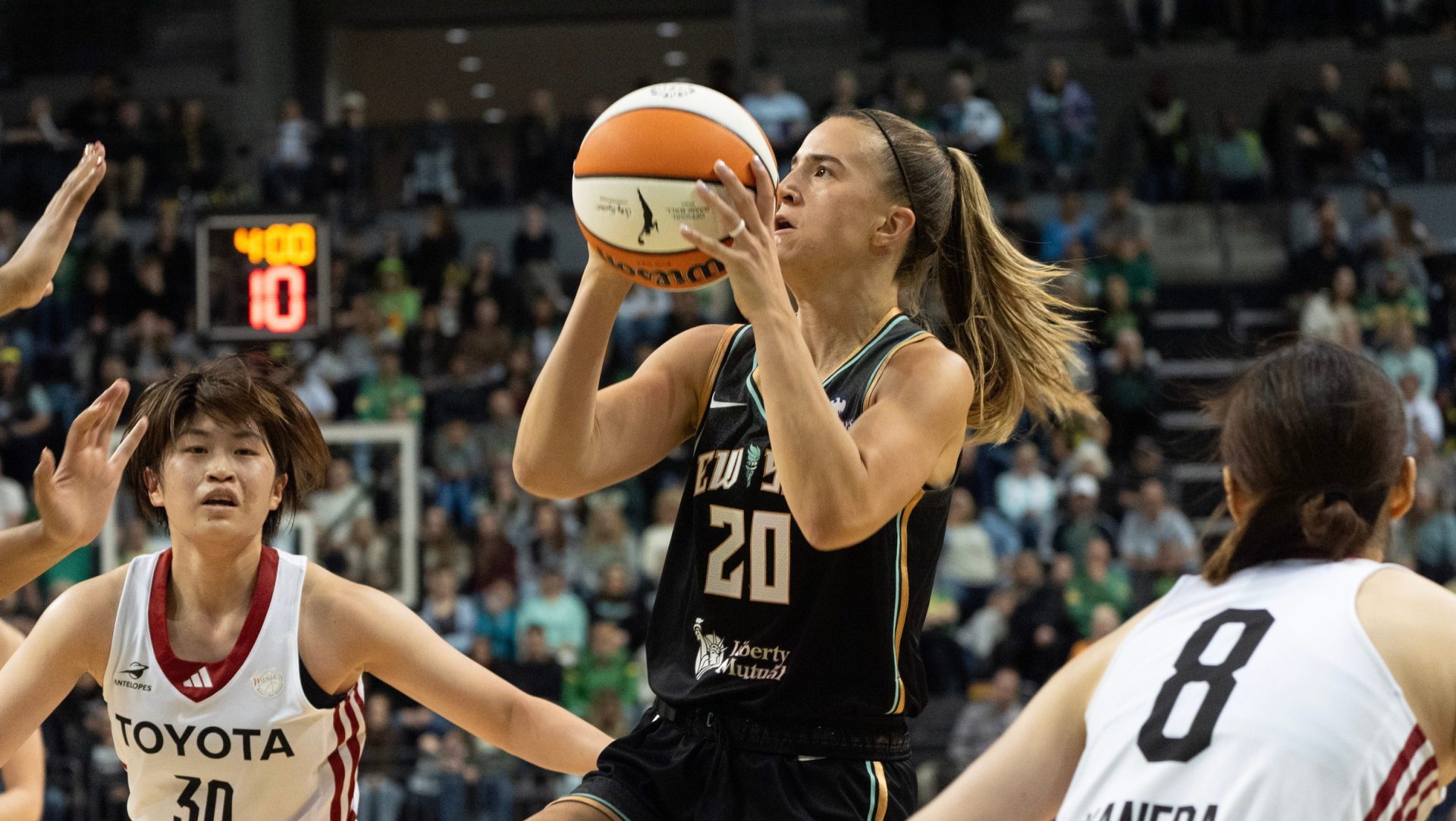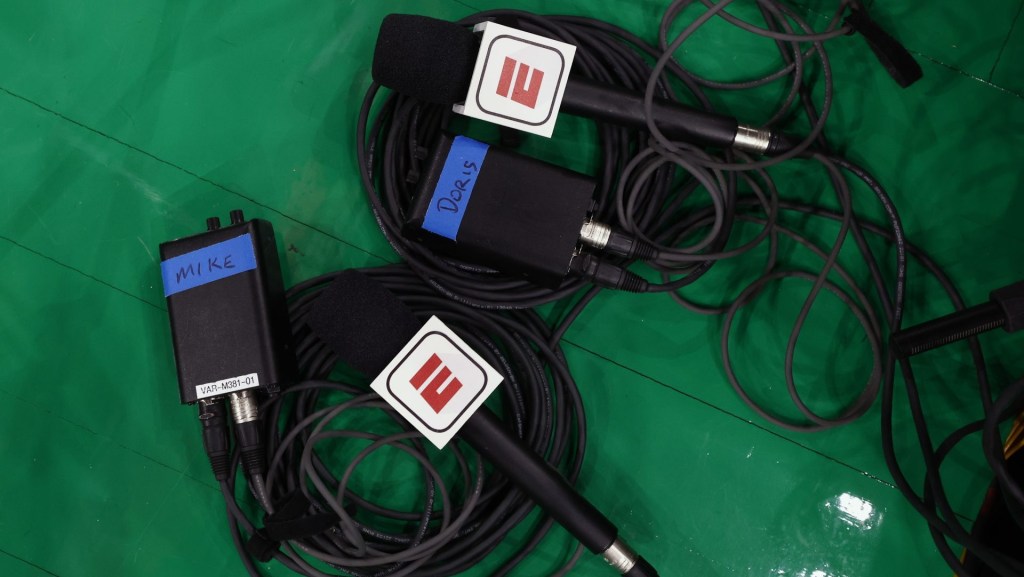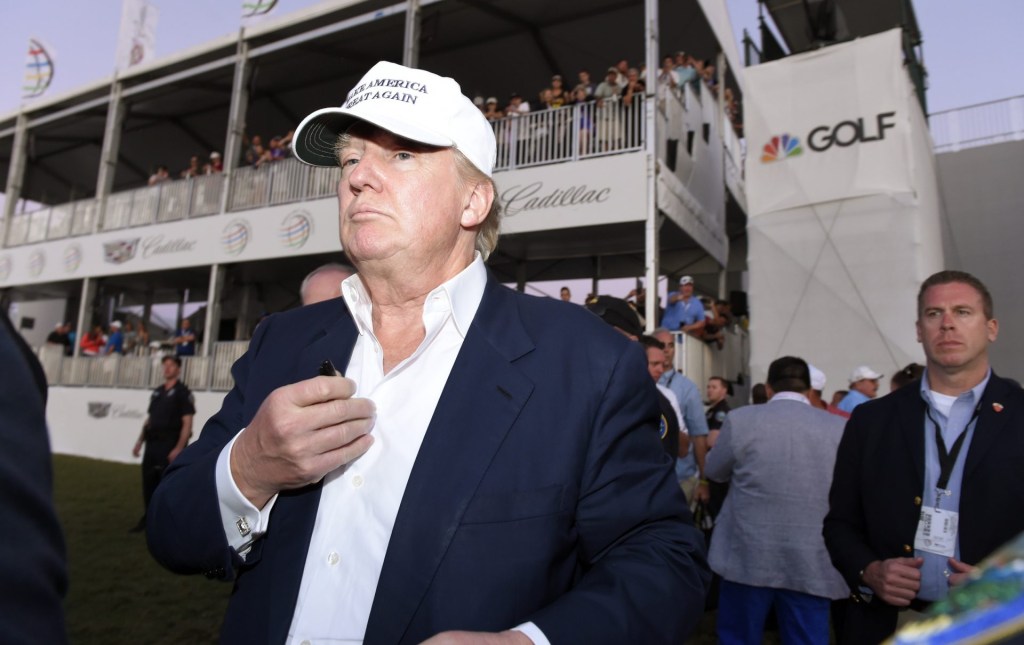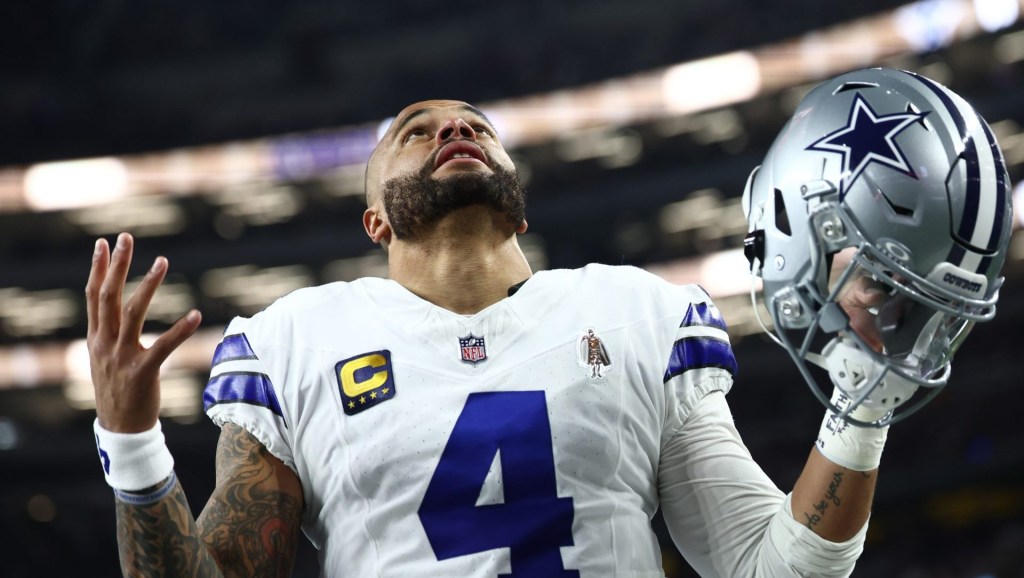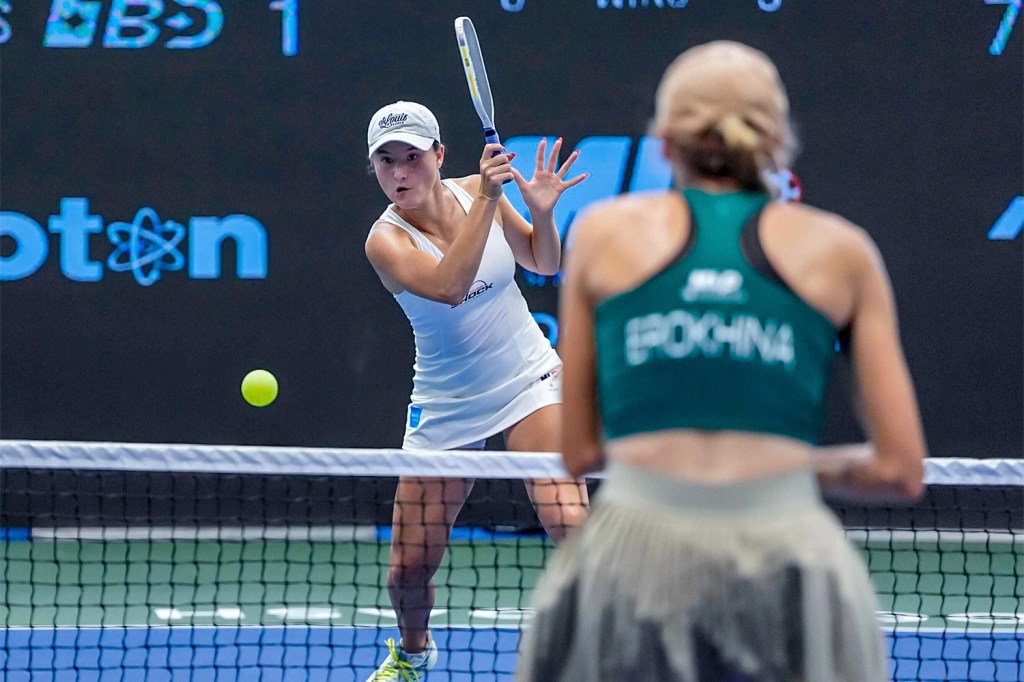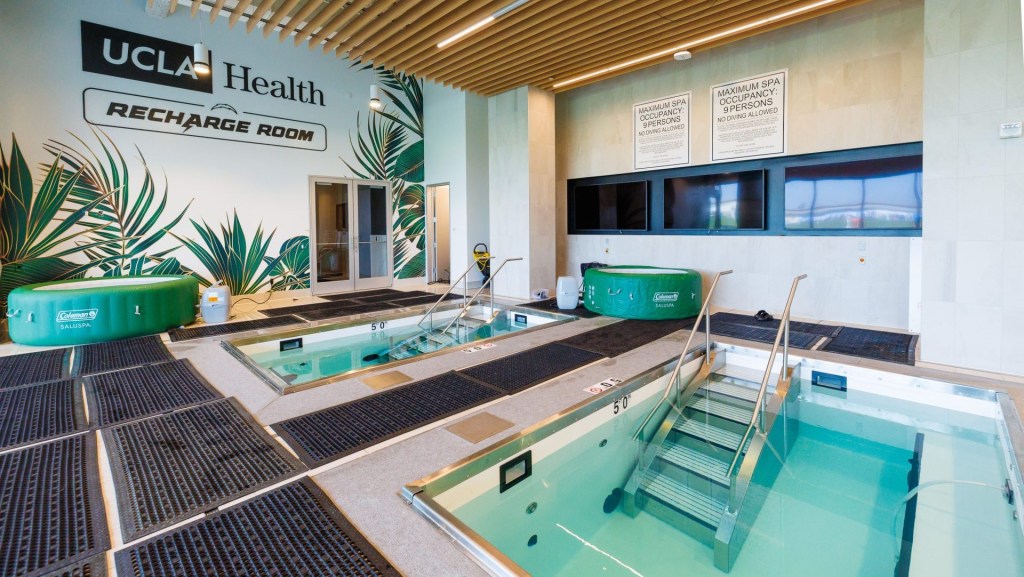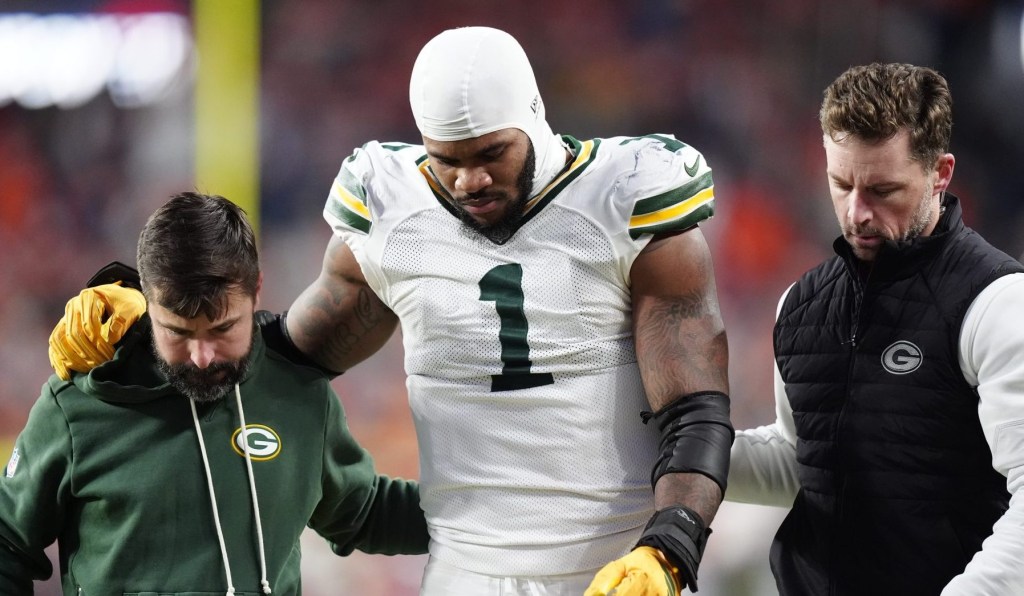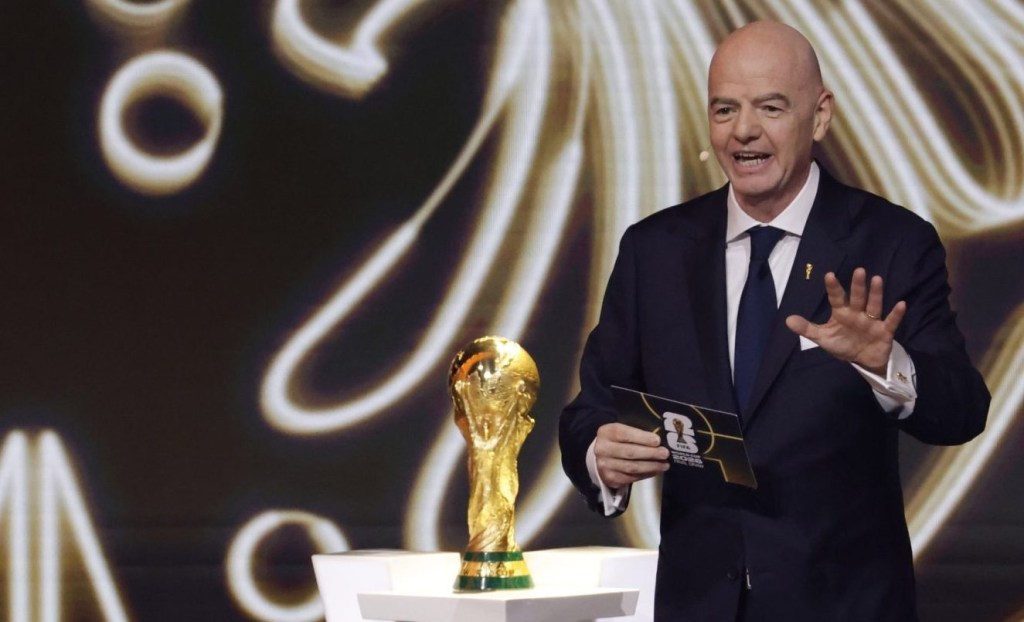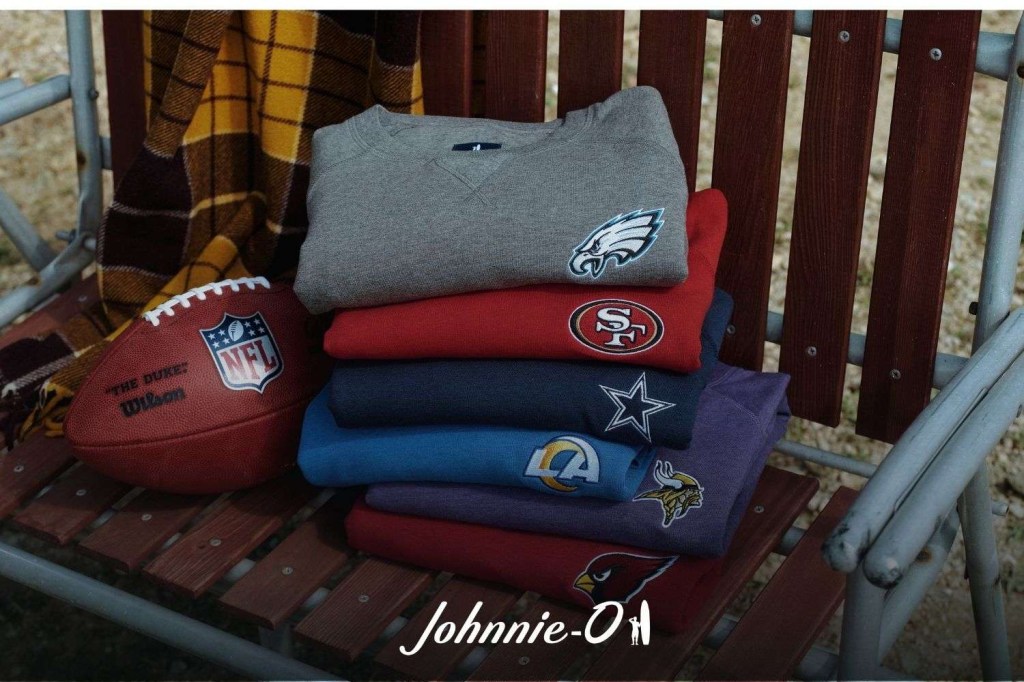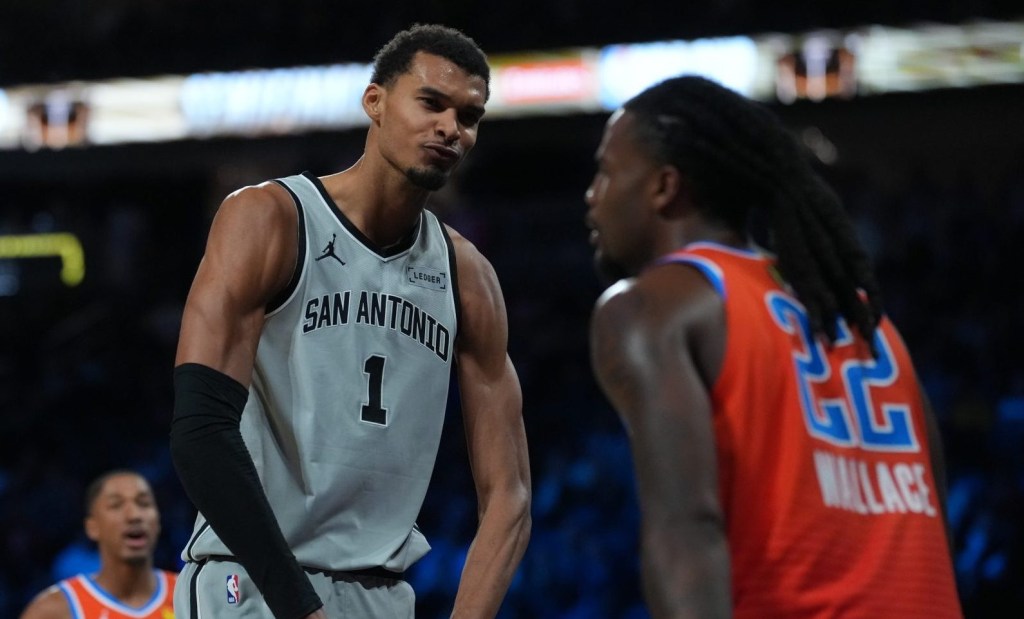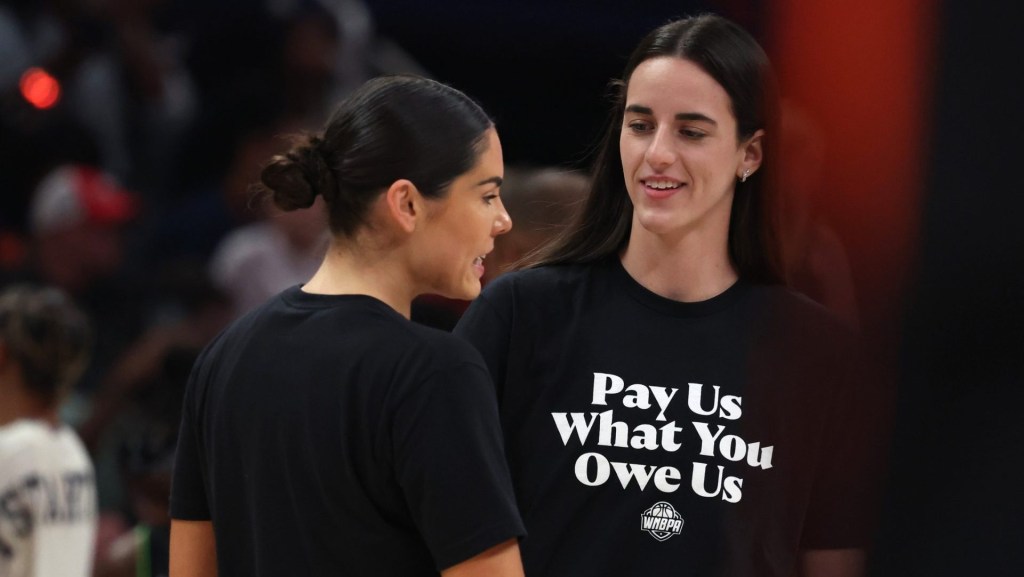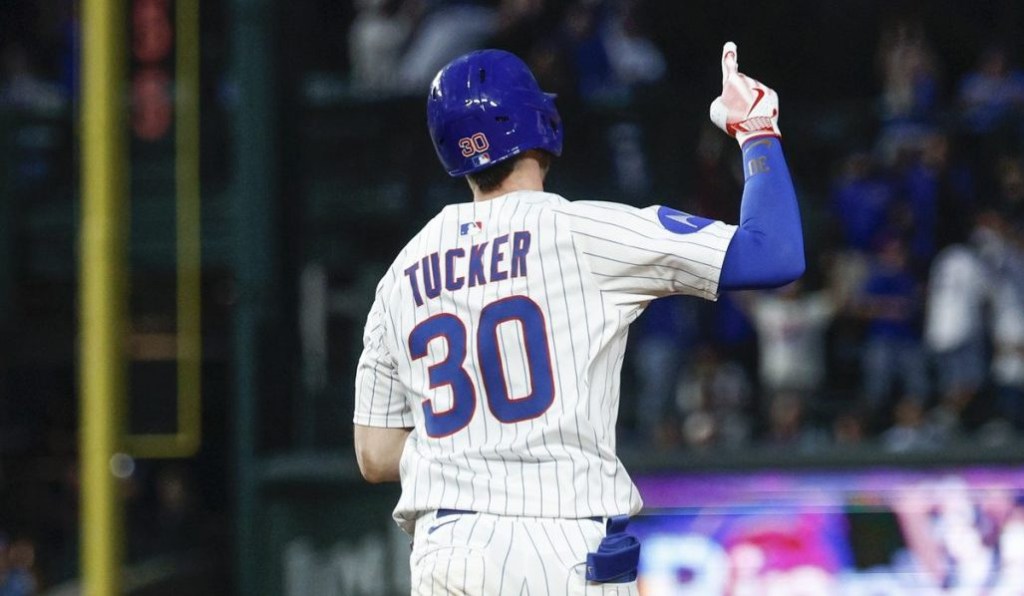Preseason games have not always been a priority for the WNBA—until now.
This year marked the first time in the league’s 29 seasons that the WNBA broadcast multiple preseason games nationally. Prior to that the WNBA’s only national broadcast for a preseason game was in 2019 when the New York Liberty played the Chinese National Team on ESPN News.
The catalyst can be traced directly back to the 2024 WNBA class and a viral livestream of Angel Reese’s debut which drew more than 2 million viewers.
Along with the league’s increased broadcast efforts, a number of franchises have undertaken the business of bringing preseason games to college campuses—and it’s paying off.
“What we’ve seen over the last couple of seasons, what we’ve seen in terms of an accelerated growth pattern over this last year, is an increase in demand,” Liberty CEO Keia Clarke told Front Office Sports. “It’s only right that at this juncture we start to explore new revenue streams and new revenue opportunities.”
A month into the regular season, teams—including the Liberty—are already thinking about the preseason schedule next year.
“Now that we’re finding ways to completely monetize those opportunities just showcases the growth of the league,” Clarke said. “Not that you can’t monetize in your own arena. This is just another lane we can play in and at the same time expand fandom.”
This season the WNBA’s preseason featured four games played on college campuses.
Reese and the Chicago Sky traveled to Baton Rouge to play the Brazilian National team at LSU. The Indiana Fever took Caitlin Clark back to the University of Iowa for their preseason game against the Brazilian National team. The Las Vegas Aces and Dallas Wings played each other at Notre Dame. On May 12, the Liberty faced the Toyota Antelopes from Japan at the University of Oregon.
Last season, the Aces kicked off the college campus trend, playing a preseason game against the Puerto Rican National Team at the University of South Carolina. ProHoops Sports and Events—a live events production company founded by former WNBA coach and general manager Linda Hargrove—produced the game.
This year, the Sky and Fever enlisted ProHoops to produce their games, which came with a six-figure guarantee paid to each team. ProHoops covered both team’s travel expenses and was responsible for paying each university to host the game, which ran between $60,000 and $80,000, according to Hargrove. The company also took care of the travel expenses for the Brazilian National Team.
The profit made from ticket sales is then shared with each WNBA team on top of the six-figure guarantee, Hargrove said. ProHoops made a profit from last year’s Aces game in South Carolina, which was played in front of 13,507 fans. Hargrove said the Fever’s preseason game—which was a sellout— was profitable and the Sky’s was “somewhat profitable.”
The hard costs are similar, Hargrove said, so profit comes down to ticket sales. The Fever’s game at the University of Iowa drew 15,000 fans, while the Sky’s game at LSU drew 6,373.
“A’ja is a born-and-bred South Carolina girl,” Hargrove said. “She’s a homegrown girl. It’s kind of the same thing with Caitlin Clark. Home state girl. She’s from Iowa, not necessarily Iowa City, but played all four years there. I think there’s just a loyalty factor to some of those players who have spent their whole collegiate career in one place.”
The Liberty took multiple meetings with ProHoops before opting to work directly with the University of Oregon to produce their game.
The school paid for the Liberty’s travel while the Toyota Antelopes were responsible for covering the cost of travel. The game was played in front of a sold out crowd of 12,364 fans.
The Liberty declined to share specifics regarding revenue from the preseason game, but Clarke said the money the team brought in was comparable to what the Fever and Sky made working with ProHoops—at least $100,000.
Hargrove said they won’t plan more than two games next season, given that the WNBA preseason is just 10 days. When considering locations the priority is to bring the WNBA to markets without a franchise. Tennessee is one location Hargrove is already eyeing.
“As the season goes on we’ll see where the stars emerge,” Hargrove said. “If any of the stars are from areas where there isn’t currently a WNBA team accessible, then we’ll start looking at that area.”
